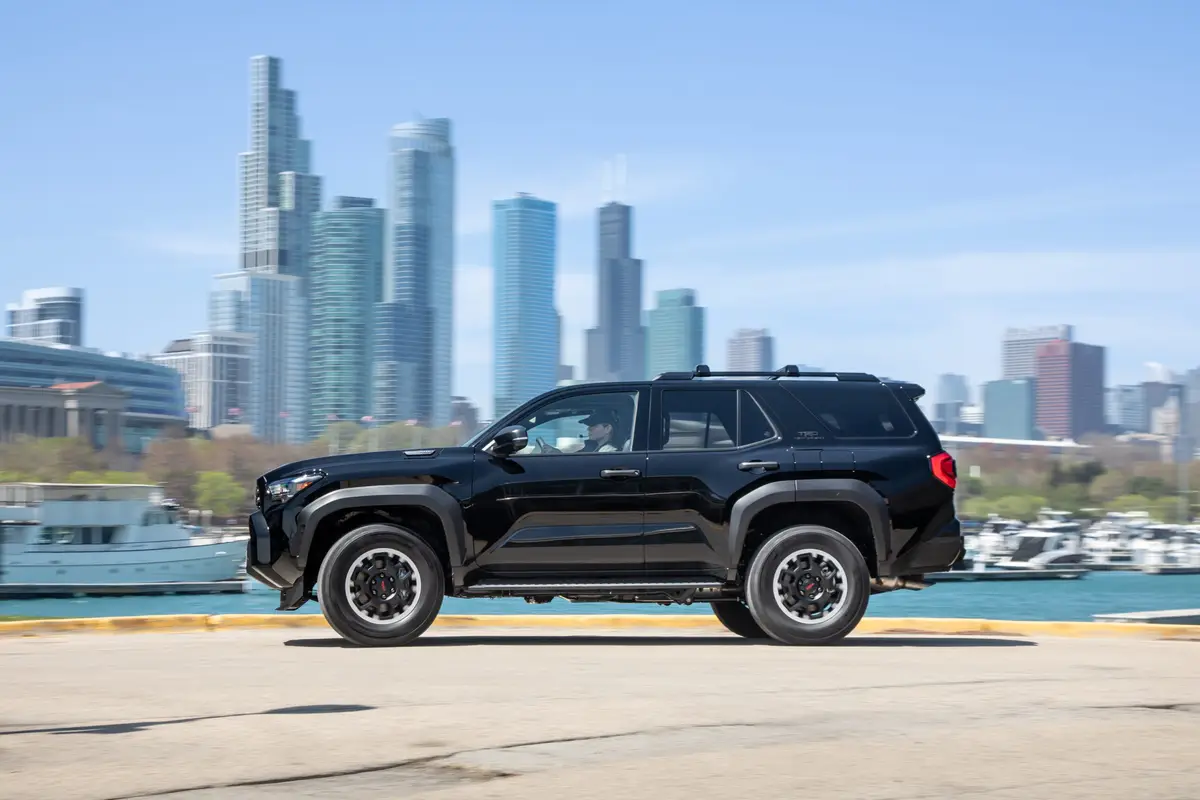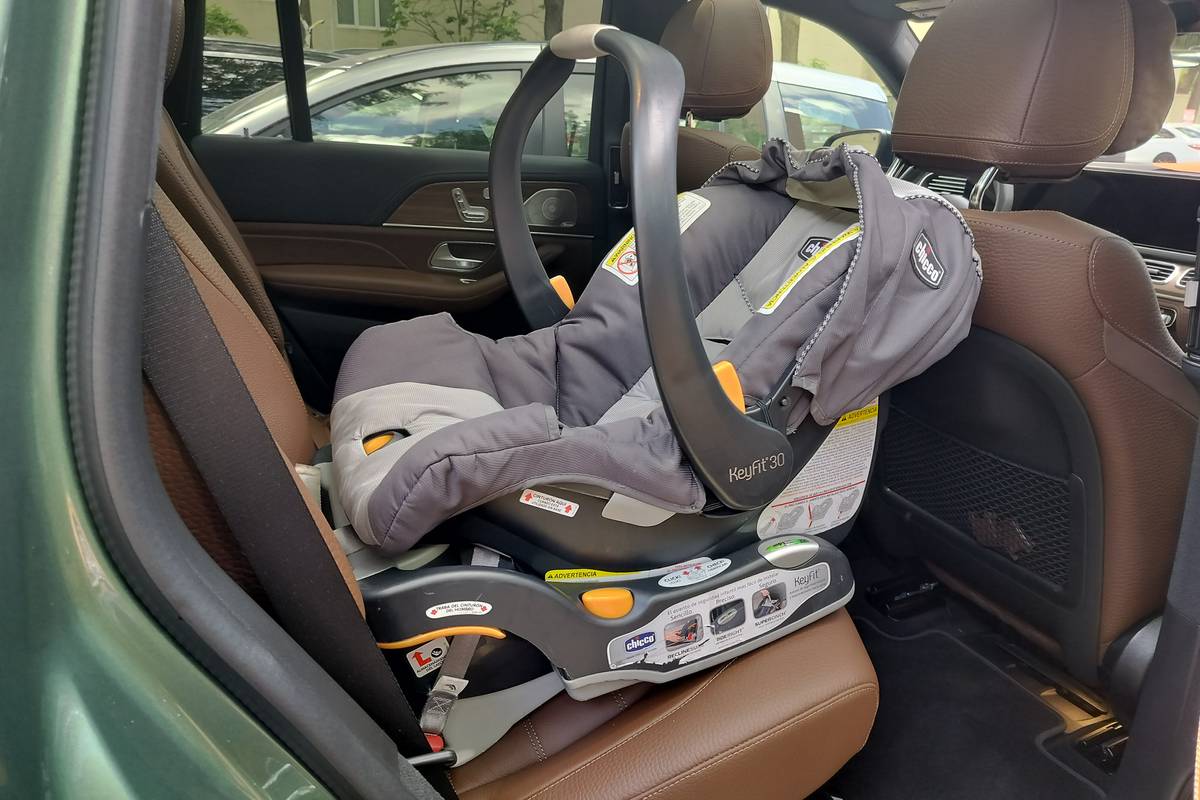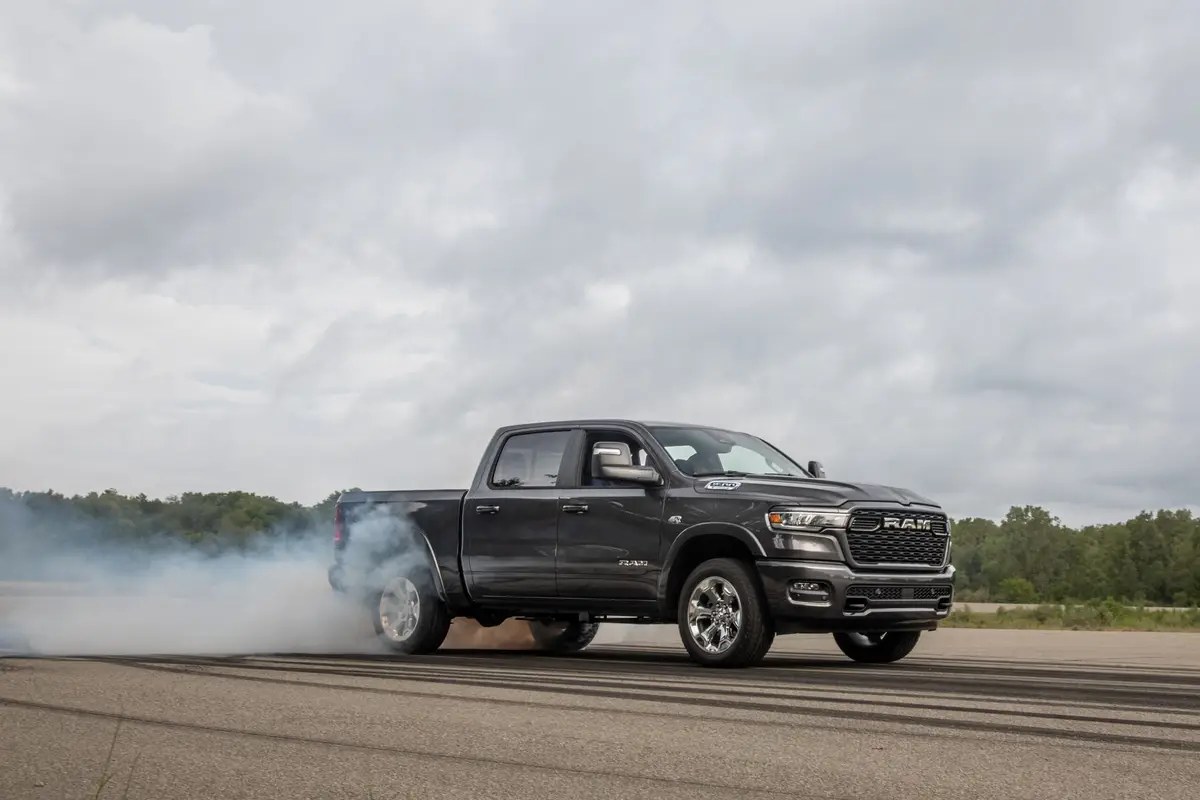Star-Telegram.com's view
One of the products that makes a great argument for Chrysler to remain in business is the company’s line of great minivans, the Dodge Grand Caravan and Chrysler Town & Country.
After more than 25 years as the crown jewels of the minivan genre, these vehicles continue to set the standards among this style of family hauler.
Despite considerably lower annual sales totals from their peaks of several years ago – before SUVs and then crossovers caught on with suburban dwellers – minivans still are the primary choice of many consumers with large families, in some cases just because of the convenient sliding passenger doors that are the hallmark of these vehicles.
Chrysler is betting that the minivan segment is far from dead, and that the company is well-positioned – even after its bout with bankruptcy last year – to continue its role as the one to beat when it comes to designing and building these family-rooms-on-wheels.
The automaker created the modern minivan segment in the mid-1980s, and completely redesigned its popular vans just two years ago.
With the restyling, these minivans entered their fifth generation. But the changes were so significant that Chrysler once again seriously distanced itself from the competition.
Chrysler didn’t invent the minivan – Volkswagen did that in the late 1950s – but the company did create the format that took the concept into the mainstream with the introduction of the 1984 Dodge Caravan and Plymouth Voyager. More than 12 million have been sold.
Even though the minivan market is down, it is expected to hold steady at nearly 1 million units annually when the auto market rebounds. There is less competition to deal with, too. Ford and General Motors have abandoned the segment in favor of crossover utility vehicles.
The remaining competitors are the best-selling import van, the Odyssey, along with the Toyota Sienna, Nissan Quest, Hyundai Entourage and Kia Sedona.
Both the Sienna and Odyssey are getting redesigns this year, but the Dodge and Chrysler vans remain strong competitors, and Chrysler is now promoting them heavily on TV and in other media. There’s even a 60-day money-back guarantee in effect now for minivan buyers, detailed in a TV commercial I saw this week.
These are the best minivans yet created by any manufacturer, with many upgrades and innovative features that the imports don’t even offer. For 2010, Chrysler even offers a blind-spot warning system and Rear Cross Path monitoring, which alerts the driver to oncoming traffic when the vehicle is backing up, such as from a mall parking space.
Among other innovative features are swiveling middle-row seats, which can be turned around quickly to face the third row. A table stowed in the floor can be positioned between the two rows so the kids – or even adults – in the back can play games or eat their snacks.
These vans also offer the latest in Chrysler’s stow-and-go seats, which can be folded completely into the floor to create a flat cargo surface from the back of the front seats all the way to the tailgate.
Our test vehicle was the Grand Caravan SE ($23,175 plus $820 freight), a basic model with no options. But even so, it was a well-equipped vehicle that I used for hauling out-of-town houseguests (including children) all over the place.
With all the extras, this model can run into the low $30,000s, but it doesn’t take that much to have a good family van. If you can afford the extra money, though, the options are worth it.
The Grand Caravan’s exterior styling gives it more of a crossover look, while retaining the key feature that differentiates the minivan from the crossover: those sliding passenger doors on both sides of the rear.
For 2010, there are two Grand Caravan models, three different seating and storage systems, great new entertainment systems (including live satellite TV featuring kid favorites such as The Disney Channel and Cartoon Network), and state-of-the-art safety features. There also is a CargoVan model, which begins at $22,620; it’s not set up for rear passengers.
The base Grand Caravan model is the SE, which comes with a 3.3-liter V-6 engine and four-speed automatic transmission. This engine is rated at 175 horsepower and 205 foot-pounds of torque, which surprisingly offers decent acceleration for this vehicle. EPA ratings are 17 mpg city/24 highway.
Top of the line is the SXT model ($27,300), which has a 3.8-liter V-6 and a six-speed automatic. It’s rated at 197 horsepower and 230 foot-pounds of torque. EPA ratings are 17/25.
Optional on the SXT is a 4.0-liter V-6 with 251 horsepower and 259 foot-pounds of torque, also using the six-speed automatic. Mileage ratings are also 17/25.
The 4.0-liter V-6 is included in an options package for the SXT. Stow-and-go seats are standard on this model, but also are available on the less-expensive versions, including the SE.
While the original Caravan and Voyager were quite innovative at the time, their features pale in comparison with these newest models. For instance, the original minivans came with a 96-horsepower four-cylinder engine and three-speed automatic transmission. Their exteriors were quite boxy, and they were considerably smaller than today’s minivans.
They had a 112-inch wheelbase vs. 121.2 inches for the 2008 model, and the base Caravan weighed 3,100 pounds. The newest base Grand Caravan weighs 4,321 pounds.
The swivel middle-row seats also feature an optional integrated child booster seat. Also available is a one-touch power-folding third-row bench seat.
Safety features include roof-mounted side-curtain air bags for all three rows, along with electronic stability control and antilock brakes.
Among options are a rear back-up camera, a rearview interior conversation mirror, Chrysler’s back-up warning system, and the best rear entertainment system yet devised for an automobile.
The entertainment system includes separate LCD screens that drop down from the ceiling for the middle and third rows, and they can display different programming at the same time, including DVD movies, Sirius satellite TV, or the signal from a video-game console. There is even a 115-volt power outlet in the third row for a game console.
There are many interior storage compartments; a multi-function, front-row sliding console that moves up to 21 inches rearward; two glove boxes; and more cup and bottle holders than there are seating positions.
The automotive columns of G. Chambers Williams III have appeared regularly in the Star-Telegram since 1994. Contact him at 210-250-3236; chambers@star-telegram.com.
Latest news



